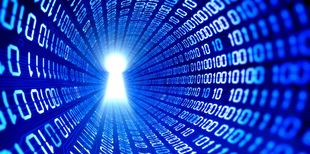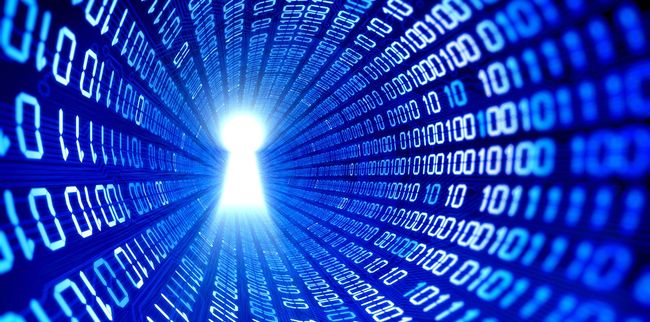



Security for Safety
The Internet of Things (IoT) is becoming part of our daily life, even though often we may not be aware of it. Smart refrigerators and washing machines, heating systems that can be turned on over the internet and home alarm systems controlled by smartphone are everyday examples of the Internet of Things.
But there is so much more than IoT: the connected car and Industry 4.0 robotics are also examples of physical systems controlled thanks to the development of software and communications, the so-called intelligent systems or cyber-physical systems.
All these cyber-physical systems have several things in common: they use standardized technologies and commercial off-the-shelf (COTS) components, of which the sensors are an important part and are very connected, not only to their local control systems and to the factory's local area network, for example, but also around the world through the Internet.
For this reason, these systems have become tremendously attractive to cyber criminals who can manipulate them to achieve high-impact physical effects such as the blackout of traffic lights in a city or the paralysis of an airport.
This new challenge to the reliability of these systems requires that designers and system integrators protect system vulnerabilities against potential cyber attacks. Those of us who work on the verification and assessment of the conformity of these systems must contribute to the development of assessment rules and procedures that enable us to ensure their reliable operation. All this is summed up in the expression "security for safety" that we often find associated with the name of TÜV NORD.